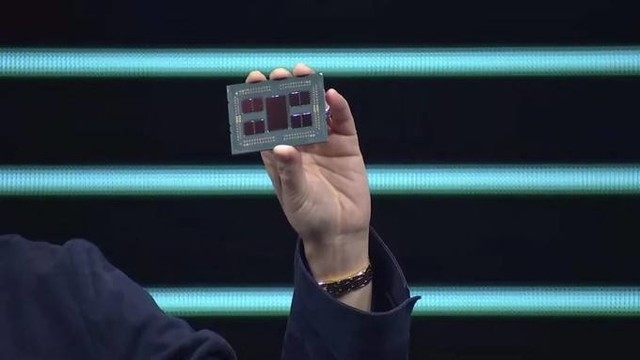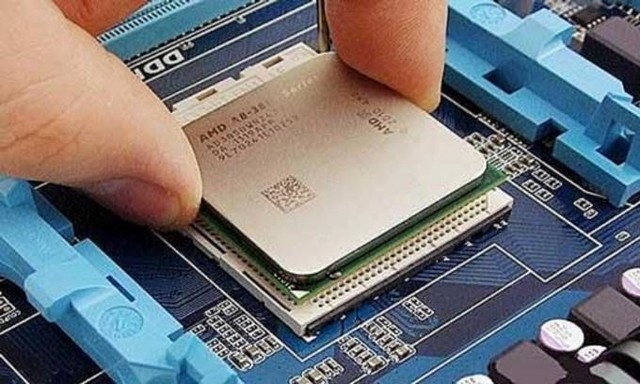We all know that the performance of the CPU is positively correlated with the number of transistors in the chip.
It is conceivable that under the premise of the same process, as long as the chip area is doubled, the performance will be improved accordingly. The AMD 3990X processor with 64 cores and 128 threads is indeed very large in package, and it already has half the area of a palm. .
So if you make the CPU slap big or even big, wouldn't it be possible to get almost unlimited performance?

In fact, this is not the case. The current size of the CPU is already the optimal solution after considering all aspects.
If brainless stacking materials increase the chip area, it will only end up with a sharp drop in cost performance; performance, heat dissipation and power supply cannot be balanced; data transmission efficiency is difficult to meet.
Price
The price of the CPU does not only depend on the conscience of several major hardware manufacturers, the most important thing is the cost of the product.
First of all, we need to know that CPU chips are small squares cut from a whole wafer.
Under current technical conditions, wafers cannot be flawless, and If there is a defect in the block where a certain CPU is located, the CPU becomes a waste product.
Assuming that there are 5 dead pixels on a wafer, which are within the range of 5 CPUs, and the wafer can be cut into 100 CPUs, it can easily be concluded that the yield rate of this wafer is 95%.
And if the length and width of the CPU are doubled, the wafer can be cut into 25 pieces of CPU, then, 5 dead pixels Will make the wafer yield rate drop to 80%, the surge in cost is obvious.
If a wafer is made into only one CPU, then the yield rate will infinitely approach zero, and countless wafers are needed to produce a qualified product.
At that time, computers could not even be positioned as luxury goods, and probably only existed in legends.
Performance, heat dissipation and power supply
The heat dissipation of the CPU has always been a big problem. As the performance of the CPU increases, the heat generation also increases sharply.
Faced with the current top CPU, the cooling efficiency of the 360 water cooling can only barely be enough. If the core area continues to increase, or even double. Perhaps the 360 x 360 water-cooled array cannot meet the heat dissipation requirements.
In terms of power supply, the current motherboard CPU power supply interface is about 3*8PIN at most, can meet the power demand of 1080W, The total power of our daily computer power supply is generally only about five or six hundred W, which is already very scary data.
With the increase in the number of transistors, the power consumption of the CPU will also increase sharply. The full-load power consumption of the Thread Ripper 3990X has reached 800W, Higher power consumption will put tremendous pressure on the motherboard and power supply.
Data transmission efficiency
Although the data transmission between the CPU and the motherboard is done through the pins, the pins will eventually be transferred to the motherboard plane and transmitted around the CPU.
Although the CPU area has doubled, and the area where pins can be placed has also doubled, but the final CPU circumference for data transmission can only increase by about 0.4 times. This keeps increasing, and the wiring space around the CPU will eventually be It will run out, and it becomes very difficult to meet the requirements of power supply and data transmission.

It is precisely because of various restrictions that the CPU has developed into the current standard specification with a package of about 5 cm square under the generational update and slow optimization.
The large and small CPU chips are also hidden under this package. If you force the chip to be packaged in size or even larger, you will only get half the effort.
Now, do you understand why the CPU cannot be slapped?

